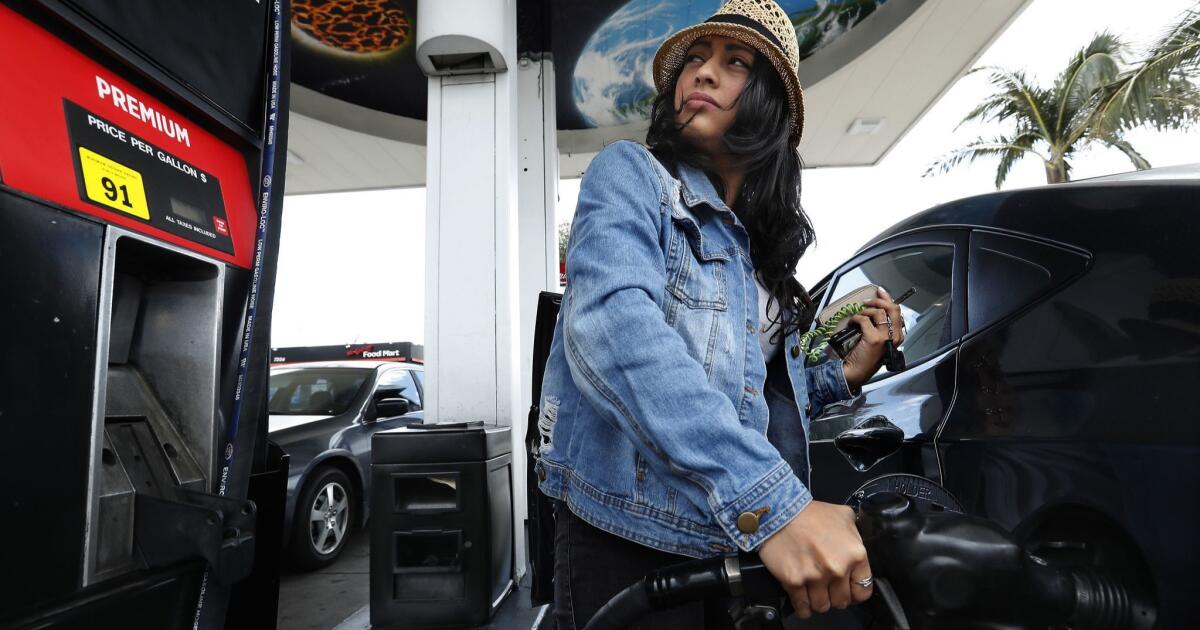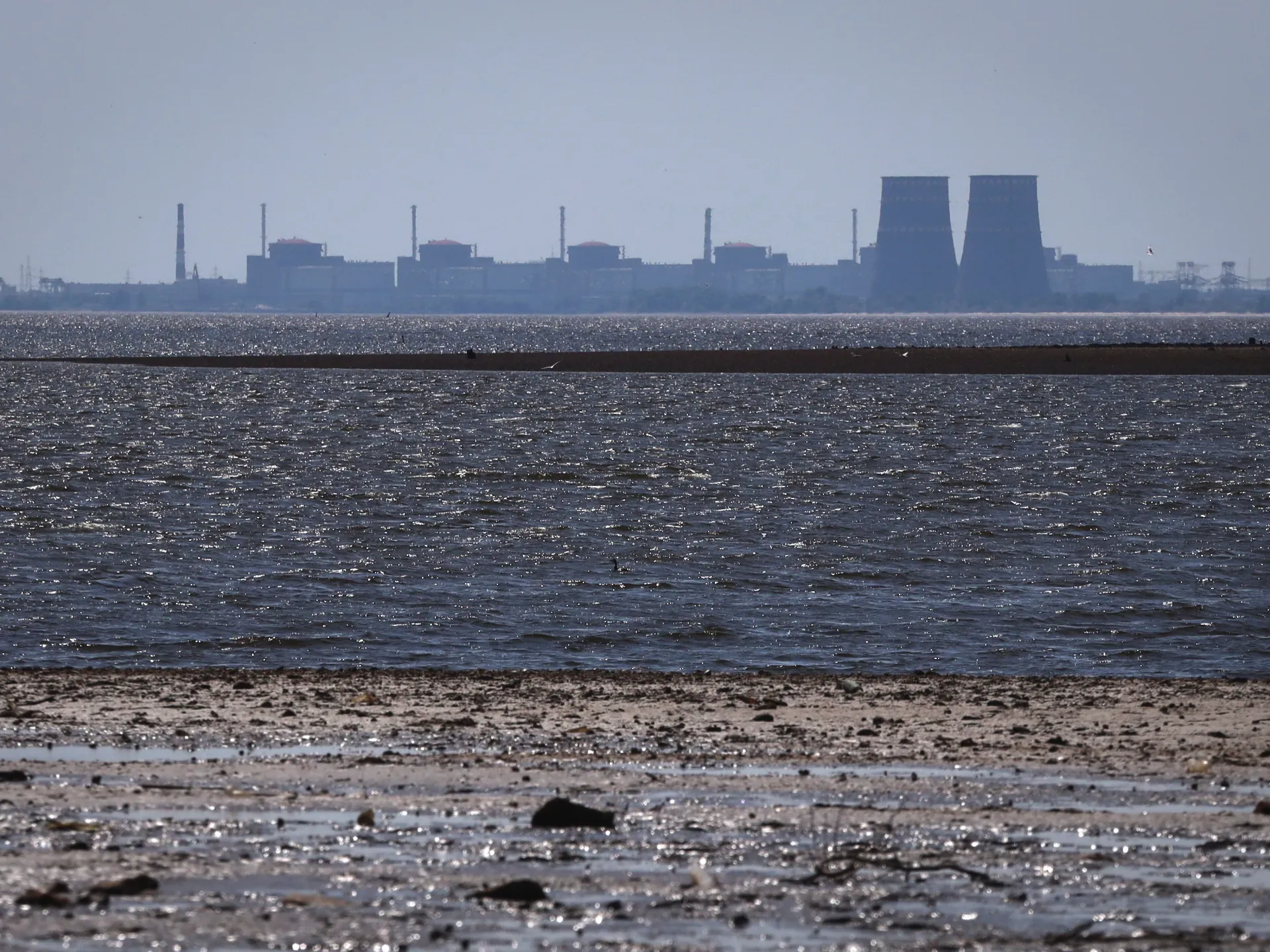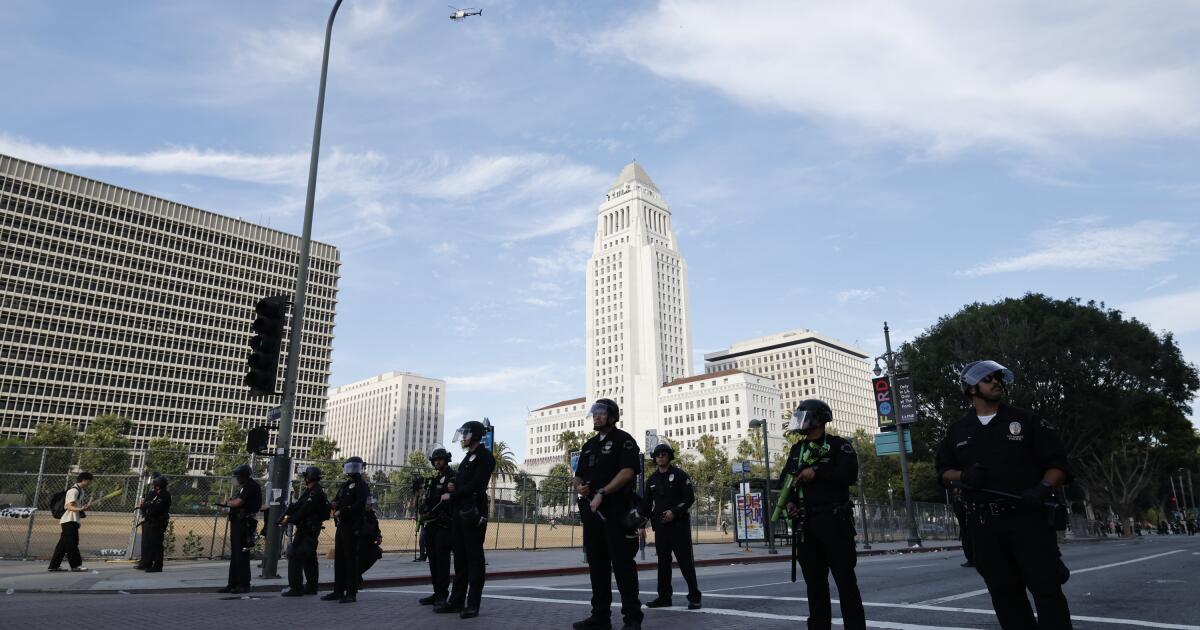Reporting from Sacramento — California is poised to charge the highest taxes and fees on gas in the country when an increase kicks in July 1, but officials say the state is still billions of dollars short of what’s needed to properly fix the roads and are considering additional charges.
The gasoline tax is set to climb by 5.6 cents per gallon, the second in a wave of increases approved by state leaders two years ago to raise billions of dollars for road and bridge repairs and mass transit.
Combined with a 12-cent increase that took effect in November 2017, the taxes and vehicle fees approved in a bill known as SB 1 are projected to add $5.4 billion in the coming year to transportation funding.
But officials estimate $130 billion is needed to bring the state’s roads and bridges into a state of good repair. The gas tax increases of 2017 will raise some $52 billion during the first 10 years but that will leave a road repair shortfall of approximately $78 billion.
The tax does not expire after 10 years and will continue to grow with the cost of living in future decades.
“The current funding is not sufficient, it is not enough,” said Tony Akel, a Fresno engineer who is a leader of the American Society of Civil Engineers. “We know that there is a big gap that is a result of years of underfunding.”
The group just released a study that gives California’s roads a “D” grade, saying they are among the worst in the country. State Sen. Jim Beall (D-San Jose), who authored the gas tax measure, said the evaluation appears accurate, but argued it is not a failure of the tax measure, just too early an assessment.
“You won’t see the impact of SB 1 for another couple of years,” Beall said. “The grades are based on actual conditions, and the SB 1 projects are underway but they are not finished. Road conditions will improve.”
The state has completed about 100 transportation projects and 400 more are in the works, according to the administration of Gov. Gavin Newsom.
Projects funded so far include $135.9 million to improve 104 lane miles of Interstate 605 and $54.9 million for 99 lane miles of State Route 1 in Los Angeles County. Projects completed so far include repaving a stretch of Interstate 5 between the 605 and Washington Boulevard in Los Angeles County.
“SB 1 was never expected to completely fund all backlog work, but it has given us a great start to making up for years of underfunding,” said Jeff Burdick, a spokesman for Caltrans.
The increase taking effect next month means the total state taxes and fees on gasoline will be 57.8 cents per gallon, based on the current average price of gas across California.
That will just edge out the 57.6 cents-per-gallon charged by Pennsylvania. Washington state will remain in third place, charging motorists 49.4 cents per gallon.
(Some of the California tax is based on a percentage of the cost of a gallon of gas, so a significant drop in prices could cause the overall tax to drop — at least temporarily — below Pennsylvania’s.)
Alaska and Missouri have the lowest gas taxes in the country, with per-gallon charges of 14.34 and 17.35 cents respectively, according to the American Petroleum Institute. Motorists in all states also pay 18.4 cents per gallon in federal fuel taxes.
“California will be number one in another category that it shouldn’t be number one in,” said state Sen. John Moorlach (R-Costa Mesa), who opposed SB 1 as it made its way through the Legislature. “These incremental increases drive people nuts. They are trying to meet their budgets, and we keep pounding away at it.”
Assembly Democrats, in a 49-17 vote, on Monday blocked an attempt by Republicans to postpone the July tax hike. “Democrats reaffirmed their support for a regressive gas tax increase that punishes every Californian who can’t afford a Tesla,” said Assemblyman Devon Mathis (R-Visalia). “So much for being the party of working people.”
SB 1 calls for additional annual increases to California’s gas tax based on inflation starting July 1, 2020.
Beall, the chairman of the Senate Transportation Committee, agreed with the assessment of the engineers’ group that current revenue is insufficient.
“Money went to local [agencies] from the gas tax, but they still need more,” Beall said, adding that the federal government needs to increase its funding for roads, while counties also can go to their voters for local sales tax increases for transportation projects.
Voters in Riverside County are among those who may be asked next year to raise taxes to fill a funding shortfall to fix the roads.
The Riverside County Transportation Commission has launched a study to determine how to make up a $12.6-billion gap between its transportation needs and expected funding over the next 20 years, according to Cheryl Donahue, a manager at the agency.
“As part of its review, the commission will determine whether asking county voters to consider a sales tax measure to fund transportation improvements is part of the best overall approach to reducing congestion and improving mobility,” Donahue said.
The San Diego Metropolitan Transit System also is considering whether to ask voters to increase the sales tax by up to one-half cent next year to pay for transit, highway and road improvements, spokesman Rob Schupp said. The San Diego Assn. of Governments released a poll in March that found strong voter support for such a tax, with 70% of those surveyed saying “improving roads to support transit services” is important.
Voters in San Mateo and San Benito counties approved sales tax increases in November for road projects.
Moorlach said Orange County, where he lives, has approved two local tax measures to fund its transportation needs in recent years, and he does not have a problem with other counties following suit.
The group Move L.A. has proposed a grander plan, suggesting that raising local sales taxes by a half-cent in Los Angeles, Orange, San Bernardino and Riverside counties could bring in about $1.5 billion per year for public projects.
Much of the money would go to South Coast Air Quality Management District efforts to increase non-polluting transportation, including electric cars and trucks. But some could be spent on infrastructure including bike and pedestrian lanes, which SB 1 finances.
The air district has sponsored a bill, SB 732, that would allow it to ask voters to raise the sales tax by up to 1% in the four counties. The legislation is expected to be taken up next year.
State law requires a two-thirds vote to approve a local tax increase for transportation, but a pair of other pending bills could make approval easier. A bill in the Legislature would put a measure on the November 2020 statewide ballot that would allow cities, counties and special districts to impose taxes if 55% of local voters approve. The measure would benefit projects involving affordable housing and infrastructure, including improvements to transit and streets and highways.
Another bill, AB 1413, would allow local transportation agencies like San Diego’s to seek voter approval of tax increases in any portion of the county, so if some areas want better roads they can vote on them. The measure would allow communities to pay for “improving roads, transit, highways, or other transportation infrastructure as they see fit,” said Assemblyman Todd Gloria (D-San Diego).
But the Howard Jarvis Taxpayers Assn. argued agencies “shouldn’t be able to pick and choose among their tax base to make it easier to increase regressive sales taxes.”
State lawmakers also are considering a bill that would charge a 10% tax on every barrel of oil pumped from the ground in California to bring in some $900 million annually. That, critics say, would mean motorists will pay more at the pump. Backers of the bill deny there would be a significant impact on drivers.
Money raised by the bill would go to the general fund but could help with transportation, said Sen. Bob Wieckowski (D-Fremont), the legislation’s author.
“While other states have brought in billions of dollars for their constituents through an oil severance tax, California has had to dip into its own pockets to cover extensive clean-up costs brought about by the oil industry’s irresponsible actions,” Wieckowski said. “Californians deserve better.”
Sign up for our Essential Politics newsletter »
[email protected]
Twitter: @mcgreevy99







